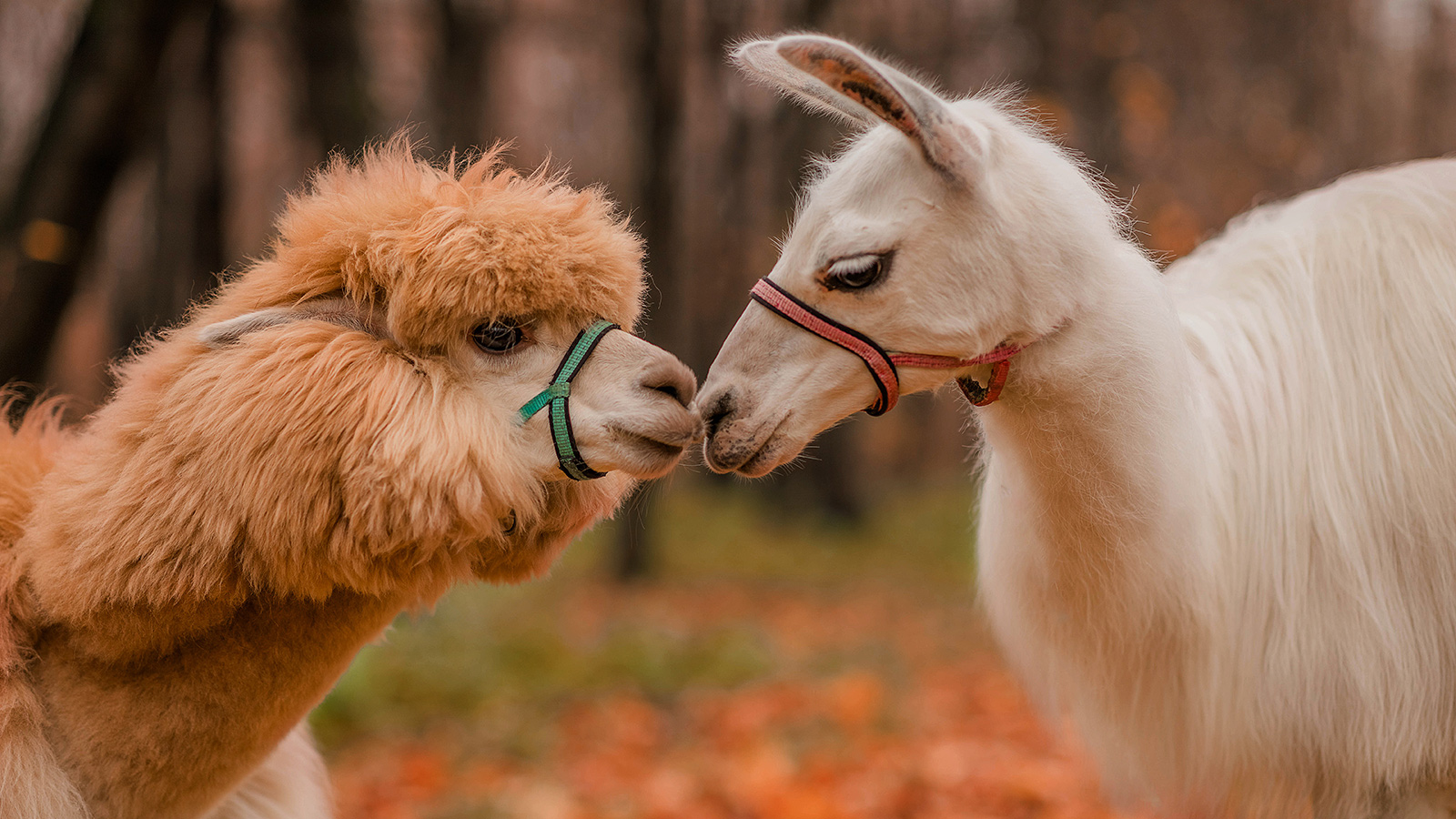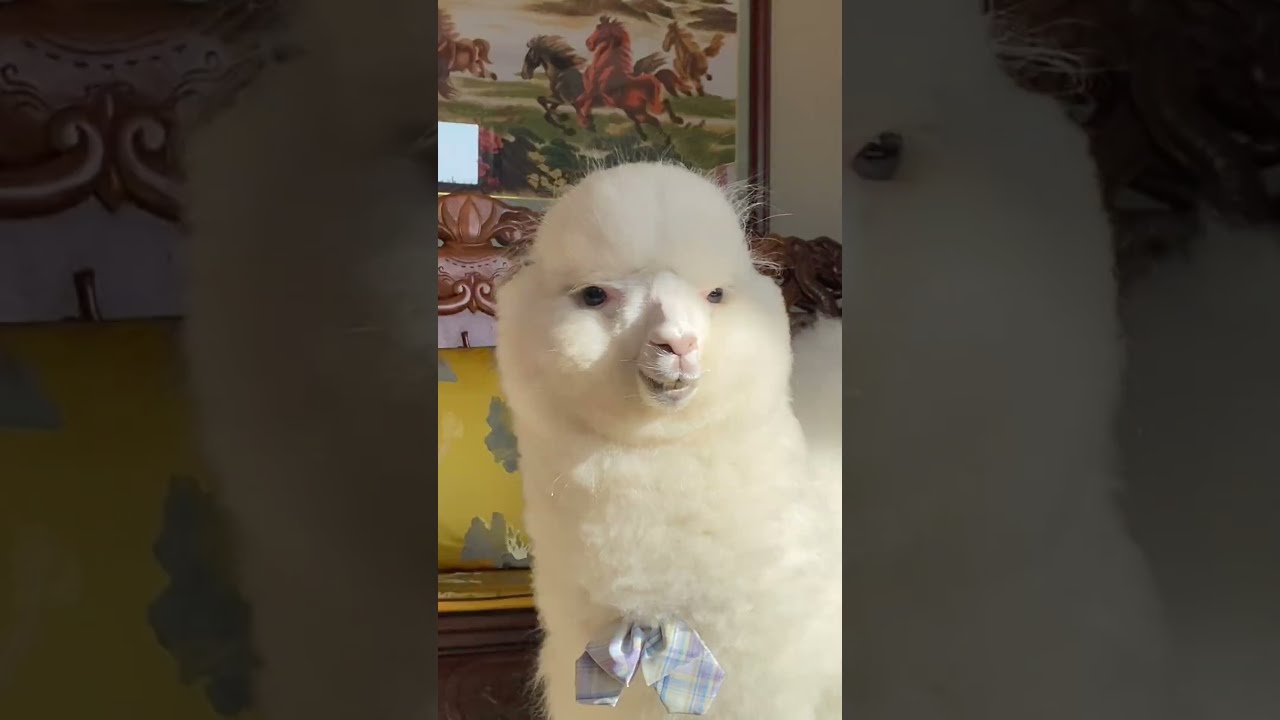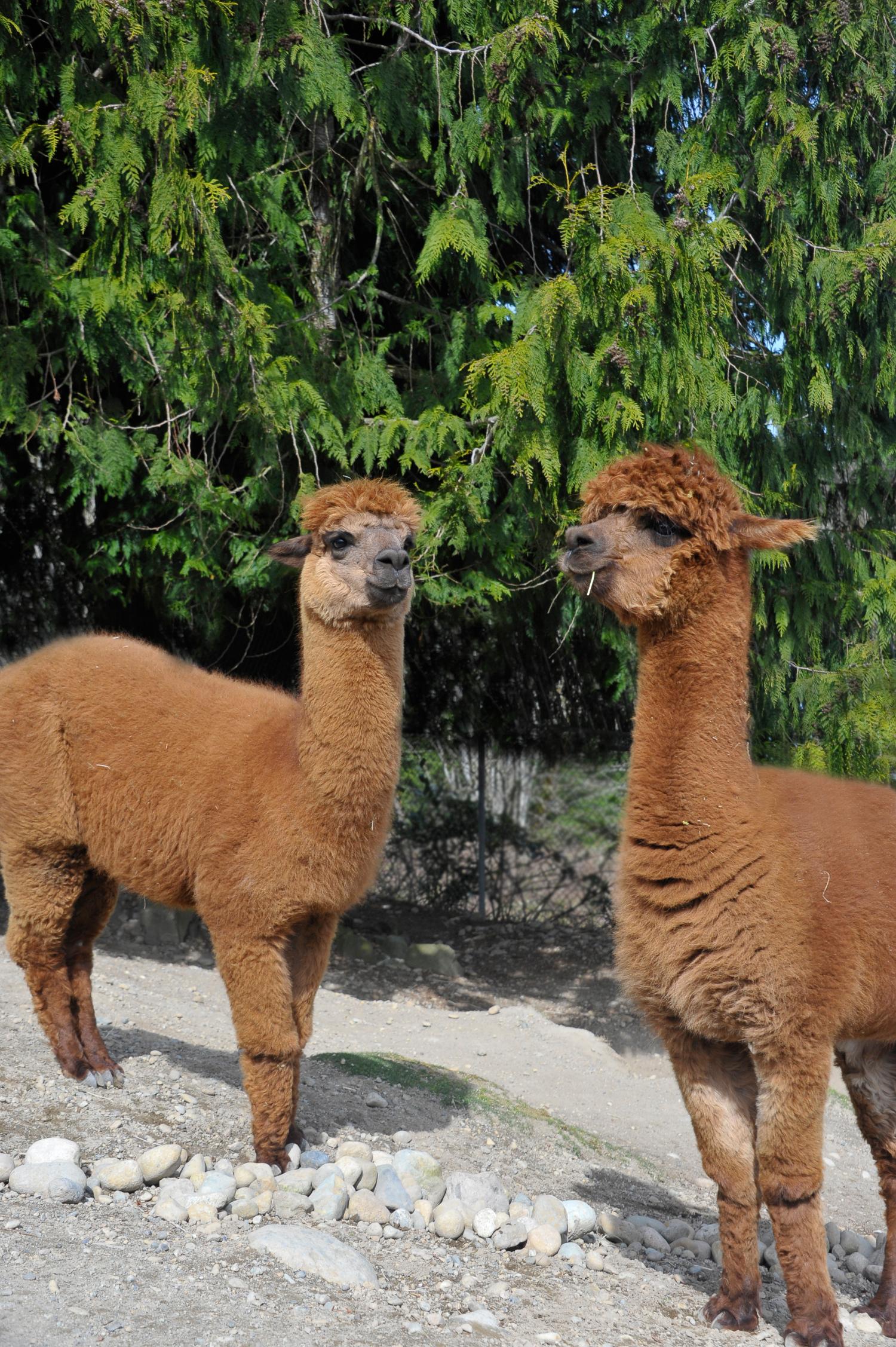
Introduction
Have you ever wondered what lies behind the serene landscapes of the Andes? Nestled high in the mountain ranges, away from the bustling cities, live the majestic creatures known as alpacas. These charming animals have captured the hearts of people worldwide with their soft fleece, gentle demeanor, and captivating presence. In this article, we delve into the enchanting world of alpacas, exploring their origins, characteristics, uses, and the unique bond they share with humans. So, let’s embark on this fascinating journey to discover what truly makes an alpaca a remarkable creature.
Origins of the Alpaca: Tracing Their Ancestry

Alpacas trace their ancestry back thousands of years to the heights of the Andean mountains in South America. They are believed to be domesticated descendants of the wild vicuñas, which roam freely in the same region. These camelids have been an integral part of Andean culture for centuries, valued for their luxurious fleece and versatile nature. With a rich history deeply intertwined with indigenous civilizations, alpacas have become emblematic of the traditional Andean way of life.
Anatomy and Physical Characteristics
Alpacas possess distinctive physical characteristics that set them apart from other animals. They have a compact yet sturdy build, standing approximately 3 feet tall at the shoulder and weighing between 120 and 180 pounds. Their long necks gracefully lead up to expressive faces with large, soulful eyes that seem to radiate wisdom. Alpacas are known for their adorably fluffy appearance, thanks to their dense, soft fleece that comes in various natural colors, including white, black, brown, and shades of gray.
The Versatile Fleece: A Coveted Natural Fiber

When it comes to alpacas, their fleece is undoubtedly the star of the show. Renowned for its exceptional quality, alpaca fiber is one of the most sought-after natural fibers in the world. The fleece is incredibly soft, hypoallergenic, and lighter than sheep’s wool. It provides excellent insulation, keeping alpacas warm in the harsh Andean winters while also being breathable enough to prevent them from overheating in the summer. Due to its remarkable thermal properties and luxurious feel, alpaca fiber is highly prized by artisans and fashion designers worldwide.
Alpacas and Humans: A Special Bond

Throughout history, alpacas have shared a unique bond with humans. Indigenous communities in the Andes consider these gentle creatures as cherished companions and integral members of their families. Beyond their value as a source of fiber, alpacas also serve as pack animals, carrying goods across the rugged mountain terrain. Their surefootedness and ability to navigate challenging landscapes make them indispensable allies to those living in remote Andean communities.
Alpacas as Therapy Animals: Healing with Love
Alpacas’ calm and friendly nature has made them increasingly popular as therapy animals in recent years. Their presence brings comfort and joy to people of all ages, particularly those facing physical or emotional challenges. Interacting with alpacas has been shown to reduce stress, promote relaxation, and even stimulate social interaction. These gentle creatures have an uncanny ability to empathize with humans, providing a soothing and healing experience that words often fail to convey.
Breeding and Reproduction: The Circle of Life
The breeding and reproduction process of alpacas follows a fascinating natural cycle. Female alpacas, known as hembra, reach sexual maturity between 12 and 18 months of age, while males, known as macho, are ready to breed around two years old. During the breeding season, which typically occurs in the spring, male alpacas engage in a captivating display of dominance to win the attention of the females. After a gestation period of around 11 months, female alpacas give birth to a single cria (baby alpaca), which can walk within an hour of being born.
Alpaca Farming: A Sustainable Endeavor
Alpaca farming has gained momentum worldwide as a sustainable and eco-friendly alternative to traditional livestock practices. Unlike other domesticated animals, alpacas have a gentle impact on the environment due to their padded feet that tread lightly on the land. They consume relatively little food, primarily grazing on grass and hay, and require minimal water compared to other livestock. Additionally, alpacas’ efficient digestion process produces nutrient-rich manure, which serves as an excellent organic fertilizer.
Alpacas in the Modern World: Beyond the Andes

While alpacas still roam freely in the Andean highlands, their influence has extended far beyond their native habitat. These captivating creatures have captured the attention of people worldwide, leading to alpaca populations being established in various countries. From North America to Europe, alpaca farms have emerged, offering opportunities for individualsto engage with and appreciate these remarkable animals. Alpaca fiber has become a prized commodity in the global textile industry, making its way into luxurious clothing, accessories, and home goods. The demand for ethically sourced and sustainable products has further propelled the popularity of alpaca fiber, as consumers seek alternatives to synthetic materials.
Caring for Alpacas: A Labor of Love
Raising alpacas requires dedication, knowledge, and a genuine love for these gentle creatures. They thrive in environments with clean and well-ventilated shelters, access to fresh water, and nutritious food. Alpacas have specific dietary needs, primarily consisting of grass, hay, and specialized alpaca pellets that provide essential nutrients. Regular veterinary care, including vaccinations and deworming, is crucial to ensure their health and wellbeing. Additionally, alpacas benefit from social interaction and regular grooming to maintain the quality of their fleece.
Alpacas as Ecotourism Ambassadors
With their undeniable charm and captivating presence, alpacas have also become ambassadors for ecotourism initiatives. Visitors flock to alpaca farms and sanctuaries to experience the joy of interacting with these enchanting creatures up close. Educational tours offer insights into alpacas’ history, behavior, and the process of transforming their fleece into exquisite garments. By promoting sustainable tourism practices, these initiatives not only support local economies but also raise awareness about the importance of conservation and the preservation of traditional Andean culture.
The Enduring Spirit of the Alpaca
Throughout history, alpacas have endured as resilient beings, adapting to harsh environments and forming strong bonds with humans. Their humble presence reminds us of the beauty and simplicity found in nature. In an ever-changing world, the alpaca symbolizes sustainability, compassion, and the timeless connection between humans and animals. Whether it’s their soft fleece, gentle temperament, or their ability to bring joy to those around them, alpacas continue to captivate our hearts and serve as a reminder of the wonders that exist in the natural world.
Conclusion
In conclusion, alpacas are truly remarkable creatures that have woven themselves into the cultural fabric of the Andean region and beyond. From their ancestral roots to their versatile fleece, alpacas have enraptured us with their beauty, resilience, and unique bond with humans. As therapy animals, sustainable farming partners, and ambassadors for ecotourism, they continue to leave an indelible mark on our lives and inspire us to embrace a more harmonious relationship with nature. So, the next time you encounter these majestic creatures, take a moment to appreciate their grace and reflect on the profound connection we share with them.